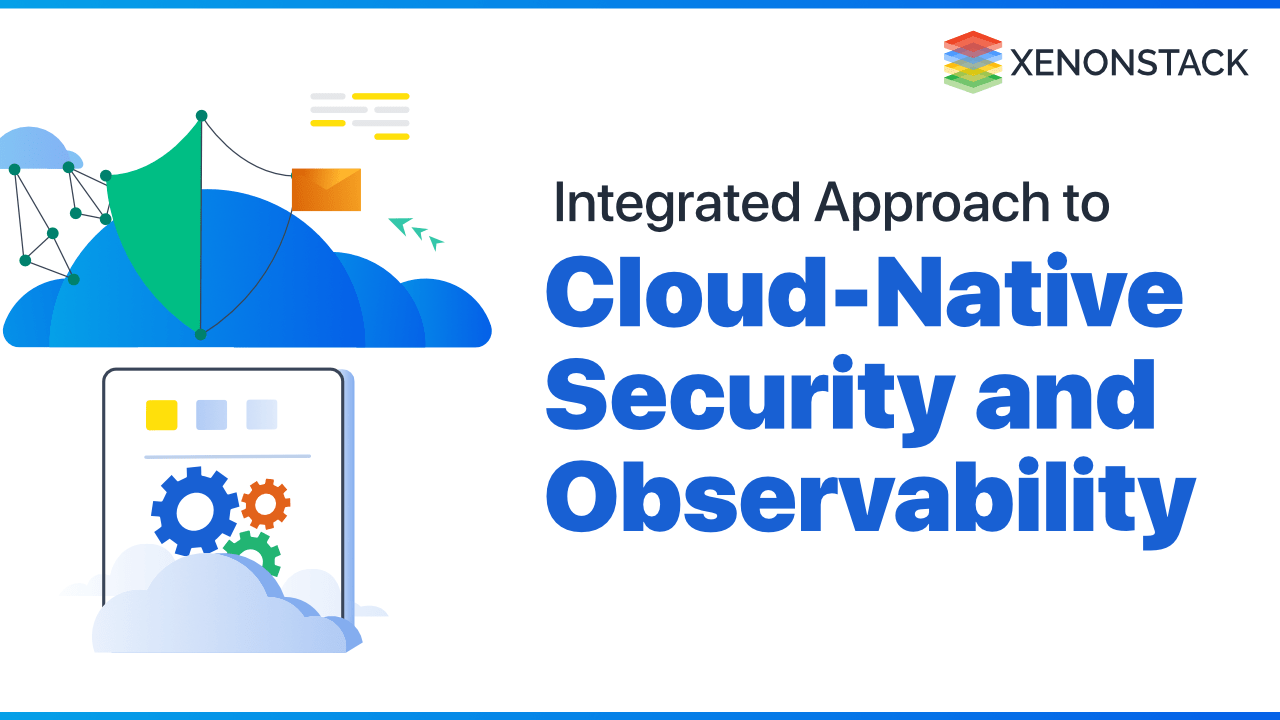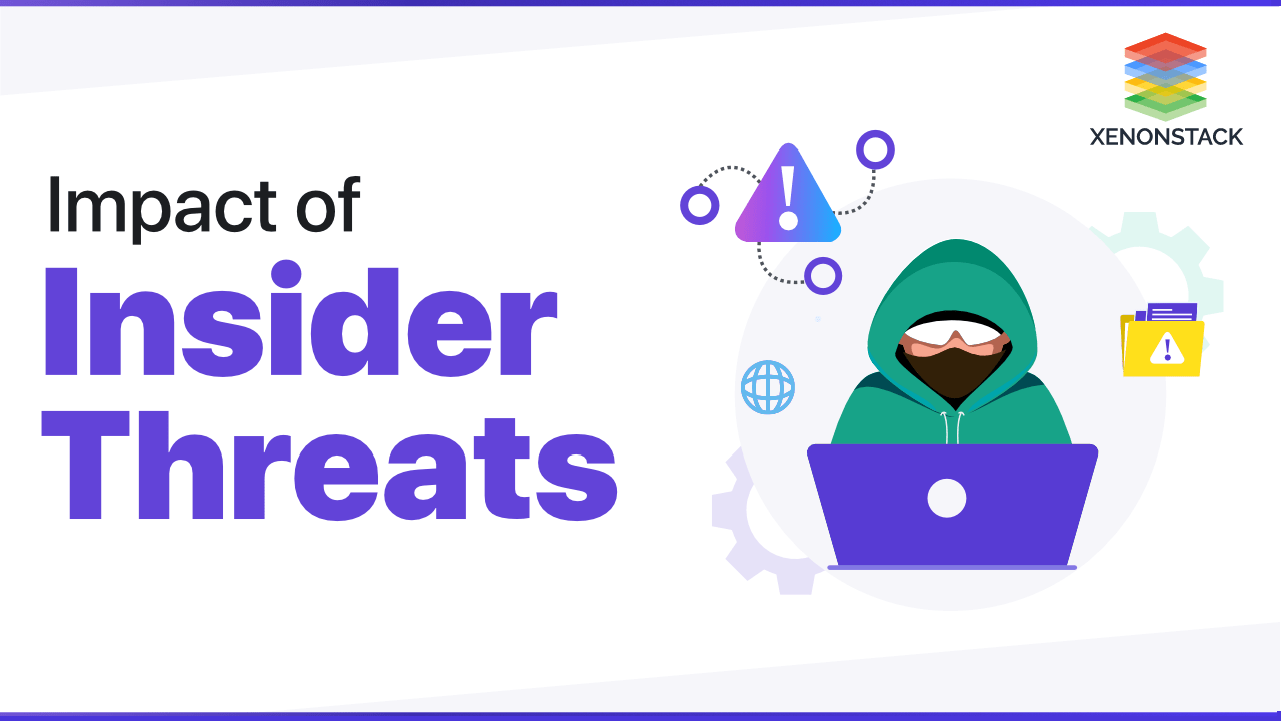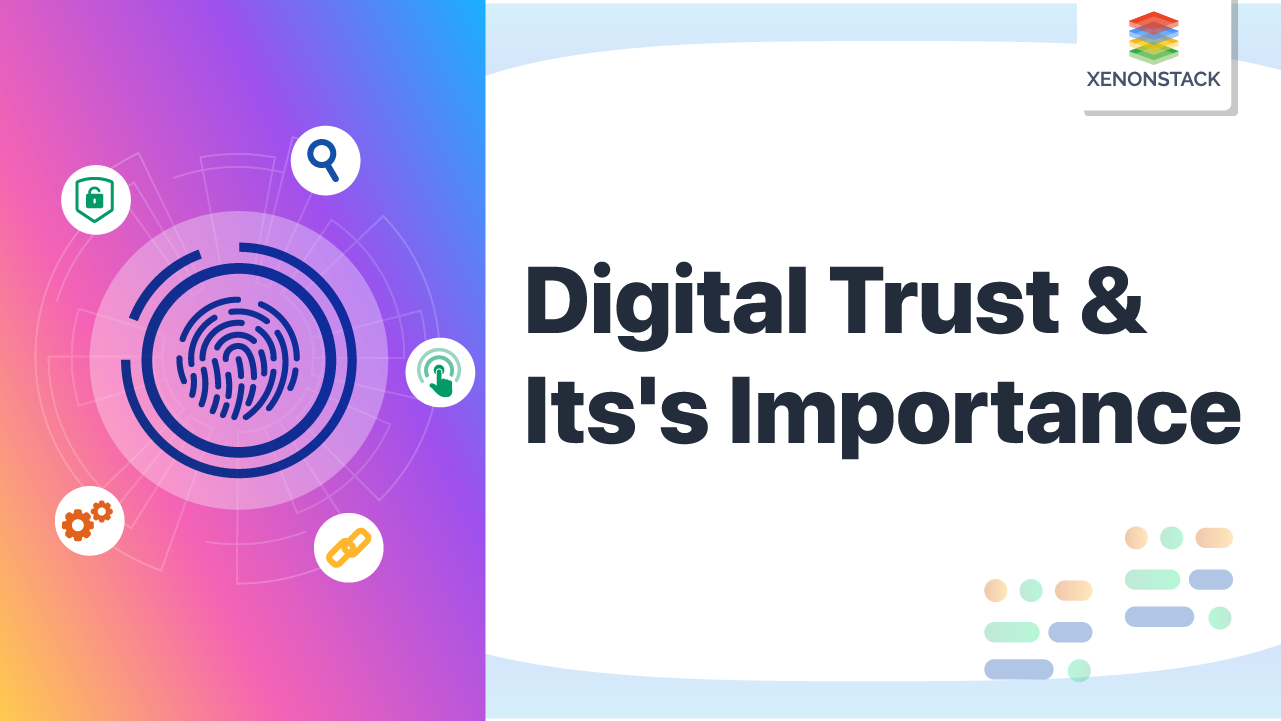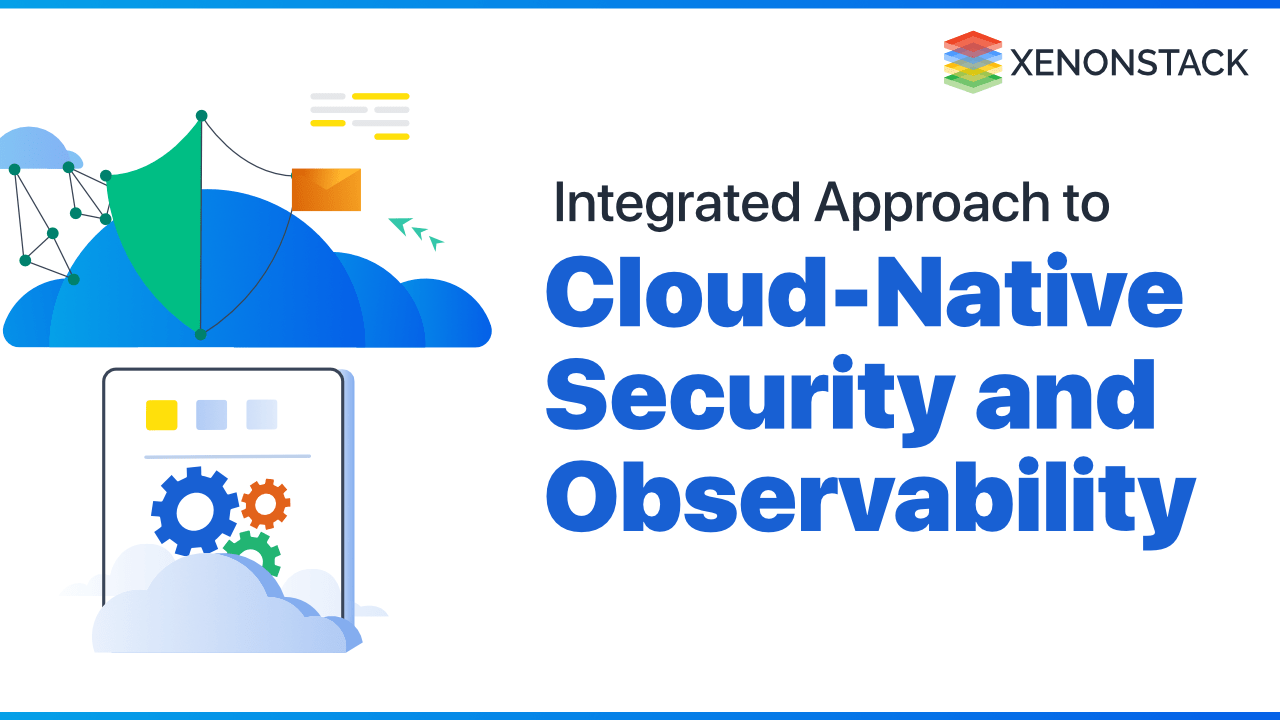
Introduction to Cloud Native Security and Observability
Kubernetes (a fantastic way to orchestrate your workloads) rose in popularity as cloud-native and containerization gained in popularity, much like any great technology. There was a lot of confusion as a result of this. Everyone was utilizing Kubernetes to migrate their workloads, but they weren't thinking about security until they were in production. While this may be the natural course of action, it does not function in Kubernetes.
You can't wait until the last minute to transfer workloads to production with Kubernetes; you need to think about security from the start. Workloads are left susceptible if security is not considered in a system like Kubernetes, and you will not have an effective solution.
What is the reason for this? What sets cloud-native apart from other technologies? Let's look at some of the differences to see why they necessitate a more comprehensive approach to security and observability for cloud-native apps, whether in Kubernetes or elsewhere.
A Brief History of Cloud Native Technologies
If we exclude cloud-native, we're used to a client-server design, in which servers run on virtual machines (VMs) and clients connect to a cluster of servers. We're used to developing and deploying client-server apps in this manner.
For a multitude of reasons, cloud-native is fundamentally different. From a server standpoint, most practitioners would argue that VMs are too 'heavy duty' for the simple operations that must be completed (for example, retrieving something from a database or evaluating an HTTP request and sending it out). Because a single VM can host several containers, each of which has its network, you'll need an orchestrator to keep track of them. That's where Kubernetes comes in: the most widely used orchestrator. (Cloud-native is so prevalent in the industry that many people confuse it with Kubernetes.) Kubernetes takes your containers and does practically everything for you; you only have to tell it what to run.
Why did Kubernetes become so popular? Because it provides a great deal of versatility. While you used to have a server with a bunch of IPs and maybe a couple of interfaces that gave you access to compute resources, that's no longer the case.
You now have a server that has been divided into numerous containers that can be deployed on any host, and you can specify which applications those containers must connect with. Kubernetes is in charge of everything, including sewing everything together and running these operations.
Click here to learn How Cloud Native Applications are different from Traditional Applications
What are the Challenges of Cloud-Native Technologies?
Cloud-native differs in two key ways: how workloads are secured and delivered. There is no concept of identity from the perspective of the security user. While the IP and port are used to identify containers, Kubernetes now handles this for you; your container could be on one IP today and another tomorrow. This requires you to reconsider how you will safeguard your workloads.
Things have changed dramatically in terms of how workloads are delivered. You used to construct your application, create an image, executable, or installer, and then pass it over to the security team. After that, the security team would choose which servers to use and set up perimeters around them. They would deploy the application once everything was ready, knowing that it would be secure. However, with the automation of the CI/CD pipeline, the security team's involvement is no longer required.
What is the reason for this? With CI/CD, you create a container that generates a certain set of image files, which are then stored in your repository and validated and deployed using automated procedures. There isn't much of a space for security to play a role. It would be paradoxical for security to stand in the way of the CI/CD process, which was automated to enable faster velocity. Shift-left security requires security teams to move earlier in the development cycle and be more closely associated with the development process to understand it better.
How to Build Cloud-Native Security and Observability Strategy?
The adoption of the public cloud is complex. It usually necessitates a strong focus on threat detection and retooling security event management, monitoring, detection, and response processes and playbooks. Fortunately, several third-party and cloud-native tools and services can help with cloud event collecting, aggregation, and analysis.
In their cloud monitoring, detection, and response strategies, several organizations are contemplating the use of observability and security event orientation and decision-making. The observability strategy could help develop reliable metrics and tracking to ensure that security operations improve over time.
Observability is a term that comes from the field of control systems engineering and refers to the monitoring and determination of system outputs. To be called observable, a system's behavior and activity must be able to be watched to ascertain the system's state. Click here to know more about observability.
- Elements of cloud observability: IT management must first determine what is covered to develop a complete cloud observability plan. Observability extends beyond typical workloads to the control plane, network, application, container, and storage levels.
- Application observability: The visibility of an application is achieved by tracking events and behaviors on a large scale. This can be difficult because workloads, identity associations, and local application logs on individual systems and containers communicate throughout the cloud environment. Organizations must input events into event management and SIEM platforms that are tailored to cloud environments, generally via API integration, to achieve genuine application observability.
- Database and storage observability: A wide range of storage types, including block storage, binary large object storage, and databases, are used in many cloud installations. Most cloud storage systems include a variety of lodging options and several other configuration options that can be watched and viewed.
Cloud-Native Observability Tools
The key sources of observability in cloud settings are:-
- Network Monitoring Logs
- System Logs
- Environment Logs
Feedback from configuration assessment tools and services, such as AWS Config or the open-source Cloud Custodian tool, and feedback from other cloud-native technologies are among the other sources.
Agents and standard monitoring tools may not be possible to use in cloud-native compute services like AWS Fargate or Azure Functions. As a result, achieving observability is a one-of-a-kind problem. External feedback and monitoring mechanisms and controls, which use a uniform software backplane to which all workloads and services are attached, are becoming increasingly important to organizations.
Security and Observability: An Integrated Approach
In a dynamic environment like Kubernetes, thinking about security and observability combined can help you deploy your apps securely. For instance, you may need to "observe" your cluster to determine the best method to install security controls. Due to its declarative design, which allows users to specify higher-level outcomes, Kubernetes has a high adoption rate as an orchestration engine. Kubernetes also has built-in features to ensure that your cluster runs according to plan.
It accomplishes this by keeping track of several attributes and acting (e.g., restarting the pod) if one of them deviates from the specified value for an extended length of time. Due to these characteristics of Kubernetes, implementing the visibility and controls required to secure a cluster can be difficult. Kubernetes operations must be aligned with the controls you implement. As a result, it's critical to understand the context before adding any controls to Kubernetes—for example. You can't isolate a pod by enforcing a policy preventing it from communicating with others.
Kubernetes will notice that the pod cannot communicate with other elements (such as the API server), determine that the pod is not performing as expected, and restart and spin up the pod somewhere in the cluster. Before applying controls or detecting unexpected events, you must first comprehend how the pod functions and its intended functionality. After that, you evaluate whether the unexpected event is a security or operational issue and take the appropriate action.
Observability and security go in together to achieve this: You observe to understand what is expected and apply controls to ensure expected function, observe to discover and evaluate unexpected events, and finally, you add appropriate controls to repair any issues caused by the event. Therefore a holistic approach is critical when working on the security and observability of clusters.
Conclusion
By now, you should have an overview of cloud security and observability. In short, Kubernetes security differs from traditional security in that it requires a comprehensive approach to security and observability at all stages of workload deployment—build, deploy, and runtime.
Workloads can operate anywhere over a network of nodes since Kubernetes is declarative and abstracts the intricacies of workload operations. Workloads can also be temporary, meaning that they are deleted and recreated on a separate node. Securing such a declarative distributed system necessitates security considerations at all stages.
When creating and implementing a holistic security approach, we hope you see the importance of collaboration between the application, platform, and security teams.
Security teams extensively use two security frameworks: MITRE and the Threat Matrix for Kubernetes because a successful security and observability strategy is holistic, you must consider everything at once.
What's Next?
- Learn more about Multi-Cloud Security Best Practices
- Explore the Impact of Insider Threats in Cyber Security
- Discover The Cyber Security Checklist for Enterprises


